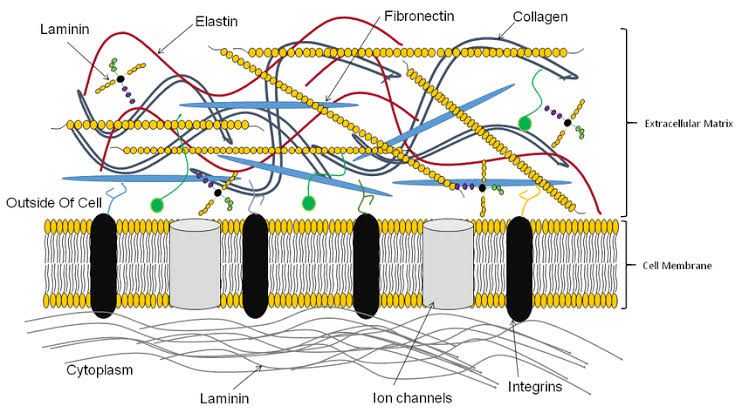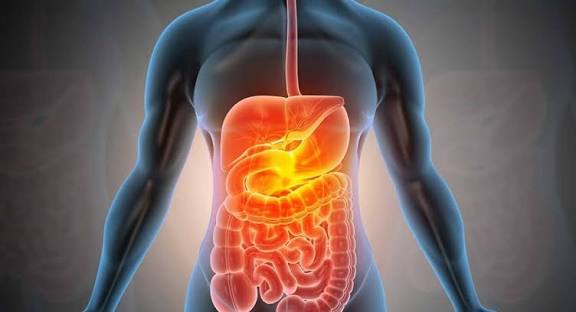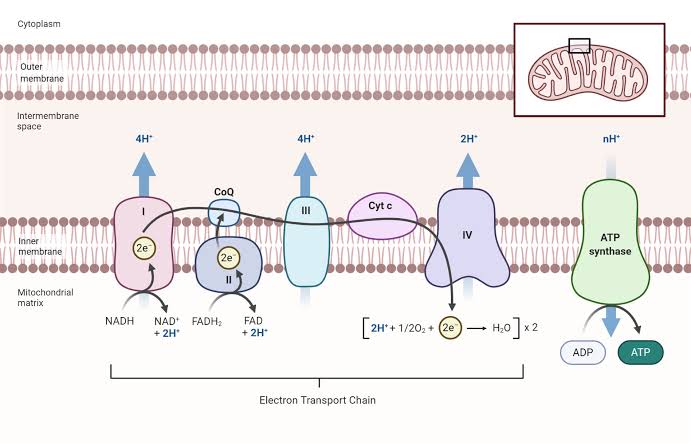
The extracellular matrix (ECM) is a complex network of macromolecules that provides structural and biochemical support to surrounding cells. It consists of various components, including proteins, carbohydrates, and minerals, which together facilitate essential functions such as cell adhesion, communication, differentiation, and tissue integrity.
Structure of the Extracellular Matrix
- Proteins
- The ECM contains a variety of proteins that play crucial roles in maintaining its structure and function. The most abundant protein in the ECM is collagen, which accounts for about 90% of the protein content in bone matrix. Collagen is composed of three polypeptide α chains that form a triple helical structure. In vertebrates, there are 46 distinct collagen chains that assemble into 28 different types categorized into fibril-forming collagens (e.g., types I, II, III), network-forming collagens (e.g., type IV), and fibril-associated collagens with interruptions in their triple helices (FACITs).
- Other important proteins include elastin, which provides elasticity to tissues; fibronectin and laminin, which are involved in cell adhesion; and various glycoproteins that contribute to the overall architecture of the ECM.
- Carbohydrates
- The carbohydrate component of the ECM primarily consists of glycosaminoglycans (GAGs), which are linear polysaccharides made up of repeating disaccharide units. GAGs can be sulfated or non-sulfated and include types such as:
- Hyaluronic acid: A non-sulfated GAG that provides hydration and resistance to compression.
- Chondroitin sulfate: Contributes to tensile strength in cartilage and other connective tissues.
- Keratan sulfate: Found in cornea, cartilage, bones, and animal horns.
- Heparan sulfate: Involved in various biological processes including blood coagulation and development.
- These GAGs often attach to core proteins to form proteoglycans, which help retain water within the ECM due to their highly negative charge.
- The carbohydrate component of the ECM primarily consists of glycosaminoglycans (GAGs), which are linear polysaccharides made up of repeating disaccharide units. GAGs can be sulfated or non-sulfated and include types such as:
- Mineral Content
- The mineral content of the ECM varies depending on the specific tissue type but is particularly significant in bone tissue where it comprises hydroxyapatite crystals. Hydroxyapatite is a mineral form of calcium apatite that provides rigidity and strength to bones.
- In other connective tissues like cartilage, minerals may be present in lower concentrations but still play a role in maintaining structural integrity.
In summary, the extracellular matrix is an intricate assembly of proteins (primarily collagen), carbohydrates (mainly glycosaminoglycans), and minerals (notably hydroxyapatite) that collectively provide essential support for cellular functions and tissue architecture.
Functions of Various Molecules of Extracellular Matrix
1. Collagens
Collagens are the primary structural proteins in the extracellular matrix (ECM) and play a critical role in providing tensile strength and structural integrity to tissues. They form a triple helical structure, which assembles into fibrils that contribute to the architecture of various tissues such as skin, bone, cartilage, and tendons. Different types of collagens serve specific functions; for example, type I collagen is predominant in bone and skin, while type II collagen is essential for cartilage.
2. Proteoglycans
Proteoglycans consist of a core protein with glycosaminoglycan (GAG) side chains attached. They are crucial for maintaining hydration and turgor within the ECM due to their ability to attract water molecules through osmosis. This property allows them to act as space fillers and lubricants in tissues. Additionally, proteoglycans like aggrecan provide elasticity and resistance to compressive forces in cartilage, while others like decorin regulate collagen fibril assembly.
3. Glycosaminoglycans (GAGs)
GAGs are linear polysaccharides that contribute to the negative charge of proteoglycans, facilitating water retention and ion exchange within the ECM. Their presence helps maintain tissue hydration and provides a medium for cell signaling by sequestering growth factors. Different types of GAGs, such as hyaluronic acid, keratan sulfate, chondroitin sulfate, and heparan sulfate, have distinct roles in various biological processes including cell proliferation, migration, and differentiation.
4. Laminins
Laminins are glycoproteins that form networks within basement membranes and play a vital role in cell adhesion, differentiation, migration, and tissue repair. They interact with cell surface receptors to influence cellular behavior during development and wound healing. Laminins also provide structural support by anchoring cells to the ECM.
5. Fibronectin
Fibronectin serves as a multifunctional adhesive protein that facilitates cell attachment to the ECM through its binding sites for other ECM components like collagen and GAGs. It plays an essential role in wound healing by promoting cell migration into injury sites. Fibronectin also participates in signaling pathways that regulate cellular functions such as proliferation and differentiation.
6. Elastin
Elastin is responsible for imparting elasticity to tissues that undergo repeated stretching or deformation, such as blood vessels and lungs. It allows these tissues to return to their original shape after being stretched or compressed. The unique cross-linking structure of elastin fibers enables them to withstand mechanical stress while maintaining flexibility.
In summary, the various molecules of the extracellular matrix work together harmoniously to provide structural support, facilitate communication between cells, regulate biological processes such as growth factor signaling, maintain hydration levels within tissues, and enable tissue resilience against mechanical forces.
Forms of Extracellular Matrix (ECM)
The extracellular matrix (ECM) is a complex network of proteins, carbohydrates, and minerals that provides structural and biochemical support to surrounding cells. The composition and organization of the ECM vary significantly across different tissues, including intercellular space, subcutaneous tissue, cartilage, and bone. Below is a detailed examination of these variations.
1. Intercellular Space
The intercellular space refers to the area between cells in tissues where the extracellular matrix is present. This space contains a variety of components:
- Proteins: The primary proteins found in the intercellular matrix include fibronectin and laminin. These glycoproteins play crucial roles in cell adhesion, migration, and differentiation.
- Carbohydrates: Glycosaminoglycans (GAGs), such as hyaluronic acid, are prevalent in this space. They are long chains of disaccharides that attract water molecules, contributing to tissue hydration and providing a gel-like consistency.
- Minerals: Generally, the intercellular space does not contain significant mineral content compared to other ECM forms; however, it may have trace elements that assist in cellular functions.
2. Subcutaneous Tissue
Subcutaneous tissue lies beneath the dermis of the skin and serves as a cushion for underlying structures while providing insulation.
- Proteins: Collagen (particularly type I collagen) is abundant in subcutaneous tissue, providing tensile strength. Elastin fibers are also present, allowing for elasticity and flexibility.
- Carbohydrates: Similar to intercellular spaces, GAGs like hyaluronic acid are found here along with proteoglycans that help retain moisture and provide structural support.
- Minerals: The mineral content in subcutaneous tissue is minimal; however, it may contain some calcium ions which can be involved in cellular signaling processes.
3. Cartilage
Cartilage is a specialized form of connective tissue that provides support and flexibility to various structures such as joints.
- Proteins: Cartilage contains a high concentration of collagen (mainly type II collagen) which provides tensile strength. Additionally, aggrecan is a key proteoglycan that binds water molecules to maintain hydration within the cartilage matrix.
- Carbohydrates: The carbohydrate component includes large amounts of GAGs such as chondroitin sulfate and keratan sulfate which contribute to the compressive resistance of cartilage by attracting water.
- Minerals: Cartilage has very low mineral content compared to bone; however, there may be small amounts of calcium phosphate present which can influence its mechanical properties.
4. Bone
Bone is a rigid organ that constitutes part of the skeleton and provides structure and protection for organs.
- Proteins: Bone ECM primarily consists of type I collagen which accounts for about 90% of its organic matrix. Other proteins such as osteocalcin play roles in bone mineralization.
- Carbohydrates: Proteoglycans are also present but in lesser amounts than in cartilage; they help regulate mineralization processes within bone tissue.
- Minerals: Bone has a high mineral content primarily composed of hydroxyapatite crystals (calcium phosphate), which provide rigidity and strength to bones. This mineralization process occurs through interactions between collagen fibers and inorganic minerals.
In summary, each form of extracellular matrix exhibits distinct variations in protein composition (collagen types), carbohydrate presence (GAGs), and mineral content (especially pronounced in bone). Understanding these differences is crucial for comprehending how various tissues function mechanically and biochemically within the body.







